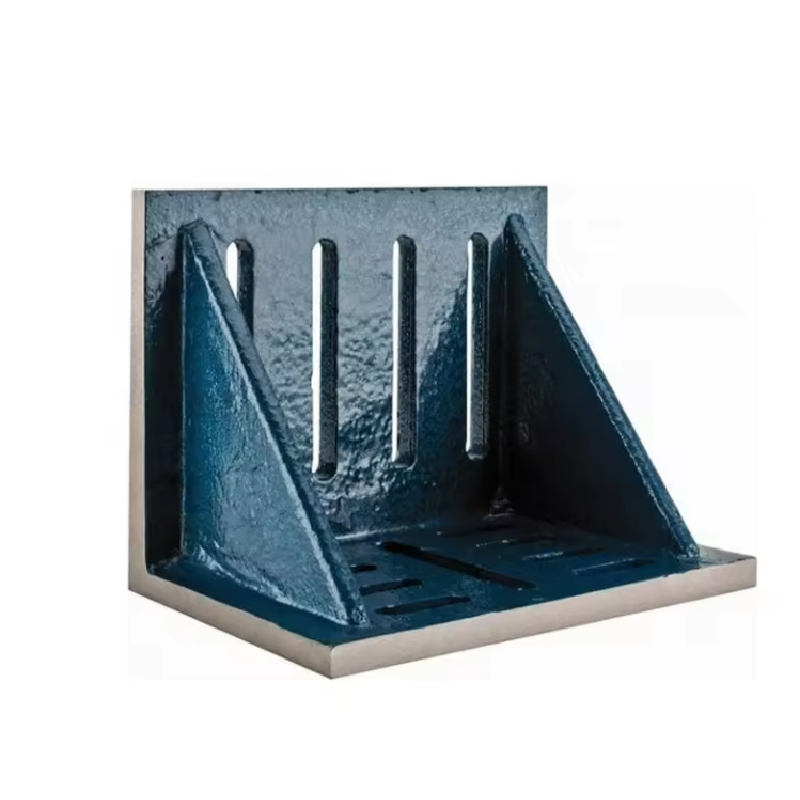Aug . 06, 2024 13:22 Back to list
Exploring Various Control Valve Types and Their Specific Applications in Industrial Settings
Different Types of Control Valves and Their Applications
Control valves are essential components in various industrial processes, enabling the regulation of flow, pressure, temperature, and level in systems. They act as final control elements in automated process control systems, responding to signals from controllers to adjust the flow of fluids. Understanding the different types of control valves and their applications is crucial for engineers and operators in selecting the appropriate valve for specific needs. This article explores several common types of control valves and their applications across different industries.
1. Globe Valves
Globe valves are widely used in throttling applications due to their design, which allows for excellent control over flow rates. The flow path in a globe valve is linear, which provides greater control and reduces turbulence within the system. These valves perform well in high-pressure applications and are often used for regulating flow in steam, water, and oil systems. In chemical processing, globe valves are crucial for controlling reactive materials where precise flow rates are required.
2. Ball Valves
Ball valves offer a quick shut-off by utilizing a round ball with a hole through the center that controls flow. Though traditionally used for on/off services, advancements in design have allowed them to handle throttling as well. Ball valves are known for their durability and ease of operation. Their applications span across a variety of industries, including oil and gas, water treatment, and food processing. The smooth inner surfaces of ball valves make them ideal for sanitary applications, where cleanliness is a priority.
Butterfly valves employ a rotating disc to regulate flow. They are lightweight, compact, and can be mounted between flanges, making them suitable for systems where space is limited. These valves are able to offer quick operation, making them ideal for large volume flow applications typically found in wastewater, HVAC, and marine industries. Due to their design and sealing capability, butterfly valves are frequently used in the fire protection systems and bulk handling of materials.
different types of control valves and their applications

4. Check Valves
Although not typically classified as control valves in the traditional sense, check valves play a vital role in preventing backflow in a system. They operate automatically, allowing fluid to flow in one direction while preventing it from reversing. This function is critical in maintaining system integrity, particularly in water supply systems and pumping operations. Applications include prevention of backflow in pipelines and sewage systems, ensuring efficiency and safety.
5. Pressure Relief Valves
Pressure relief valves are essential for safety in industrial processes. They automatically release pressure when it exceeds a predetermined level, protecting equipment from damage caused by overpressure conditions. These valves are commonly found in steam boilers, pressure vessels, and gas systems where pressure control is critical. Their application spans various sectors, including chemical manufacturing, oil and gas, and power generation.
6. Solenoid Valves
Solenoid valves are electromechanically operated valves that control the flow of liquids or gases in automation applications. They are commonly used in irrigation, machinery, and automotive applications. Their quick response times make them suitable for precise flow regulation in applications where timing is essential. Solenoid valves are particularly prevalent in systems requiring automation and remote control, such as HVAC systems.
In conclusion, the selection of control valves is driven by specific application requirements related to flow characteristics, pressure management, and operational efficiency. Each type of valve possesses unique features that make it suitable for diverse industrial processes. Understanding these differences allows engineers and operators to optimize system performance, ensuring reliability and safety across various applications. Whether in chemical processing, water treatment, or HVAC systems, the appropriate choice of control valve is crucial for effective fluid management.
-
Ball Valve Body Types — Durable, Customizable, In StockNewsNov.05,2025
-
Spline Gauge Precision | Custom Design & ISO CertifiedNewsNov.04,2025
-
Ball Valve Body Types: Durable, Corrosion-Resistant BuildNewsNov.03,2025
-
Knife Edge Ruler | Precision Straightedge for InspectionNewsNov.03,2025
-
Inspection Ruler – Precision Measuring, Durable & CertifiedNewsNov.03,2025
-
Types of Micrometer: Pro-Grade Sets, Thread & StandardsNewsNov.03,2025
Related PRODUCTS









